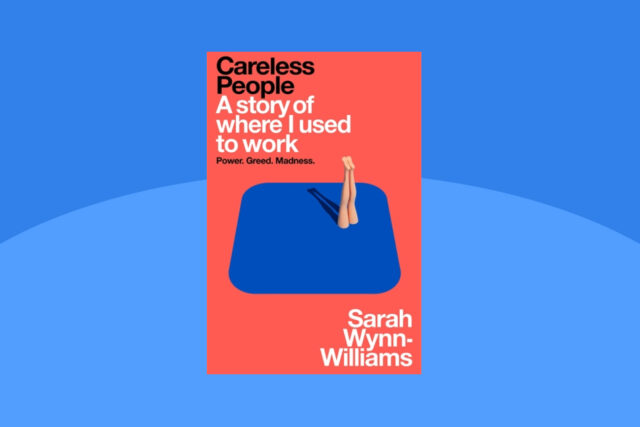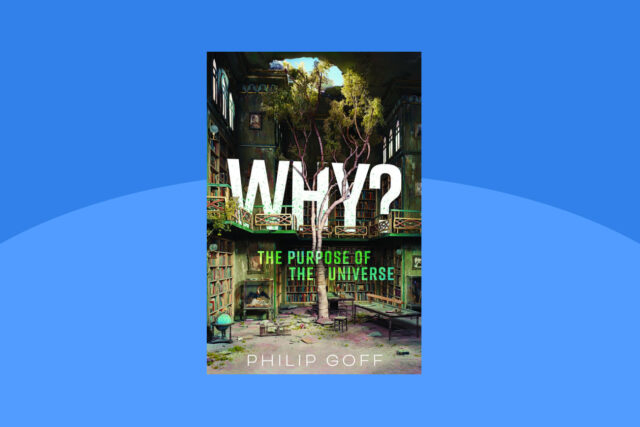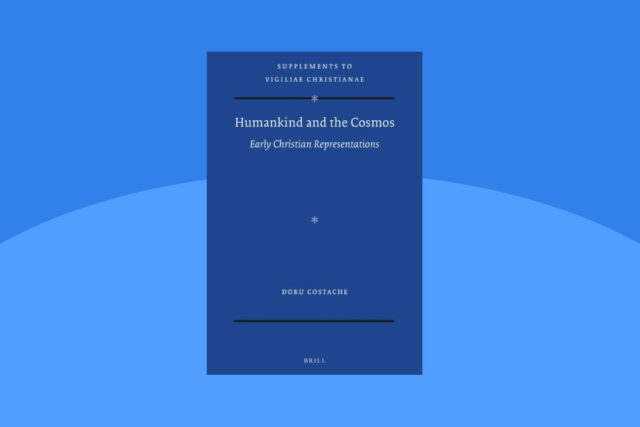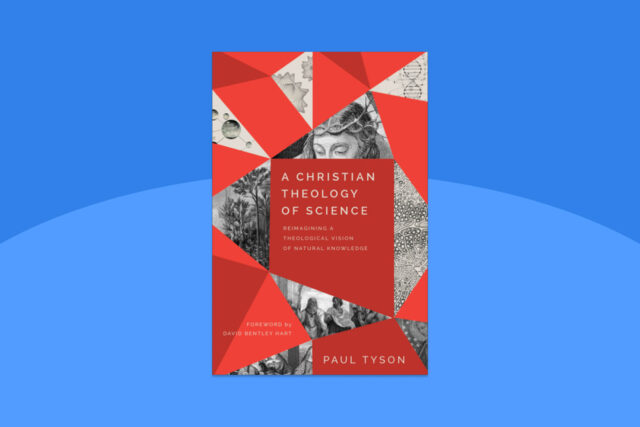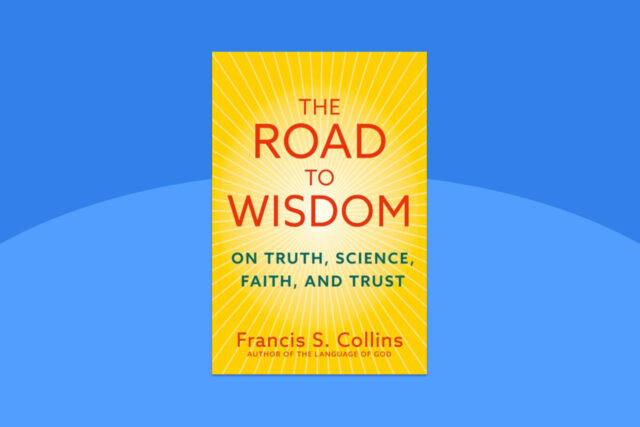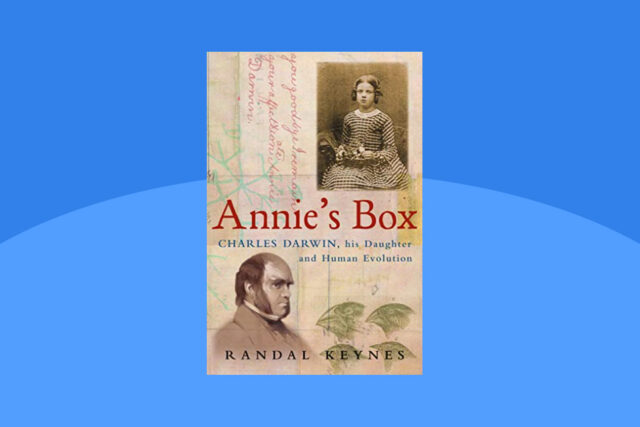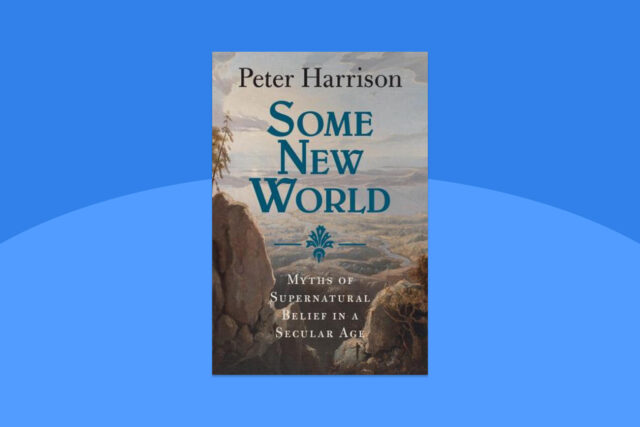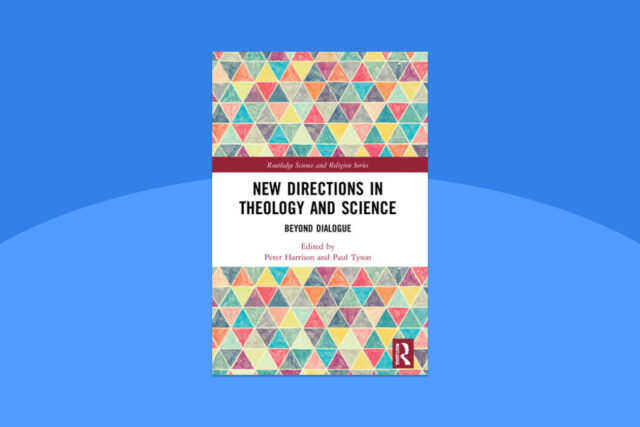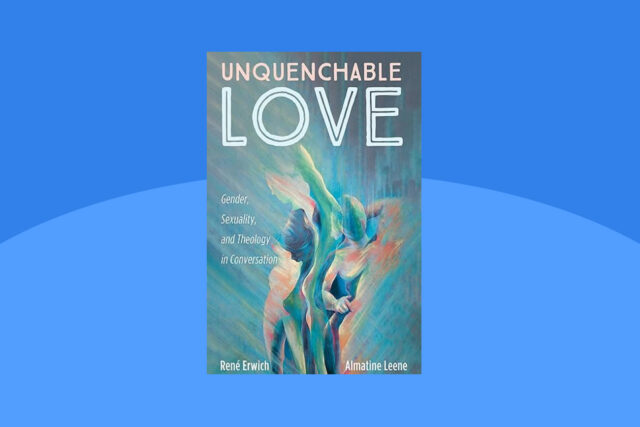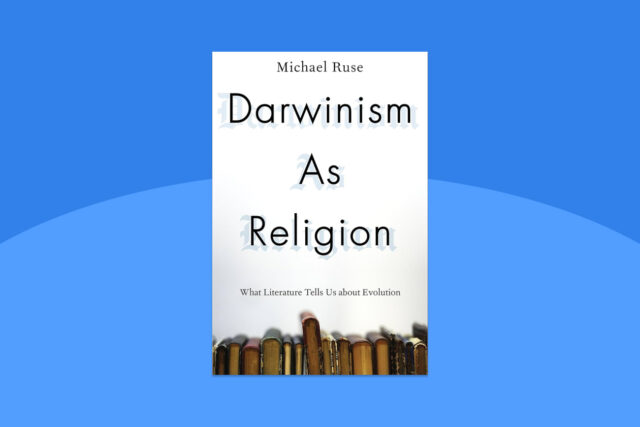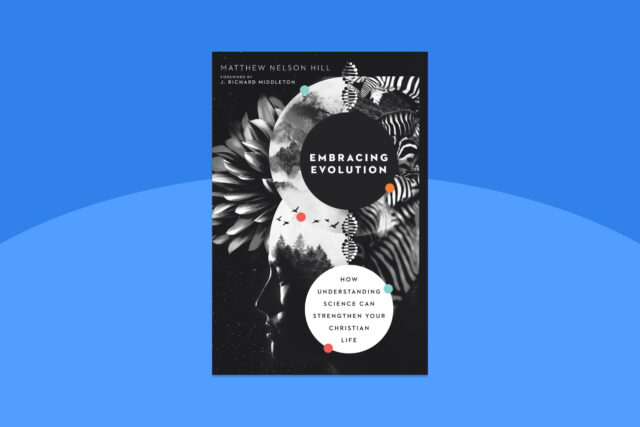
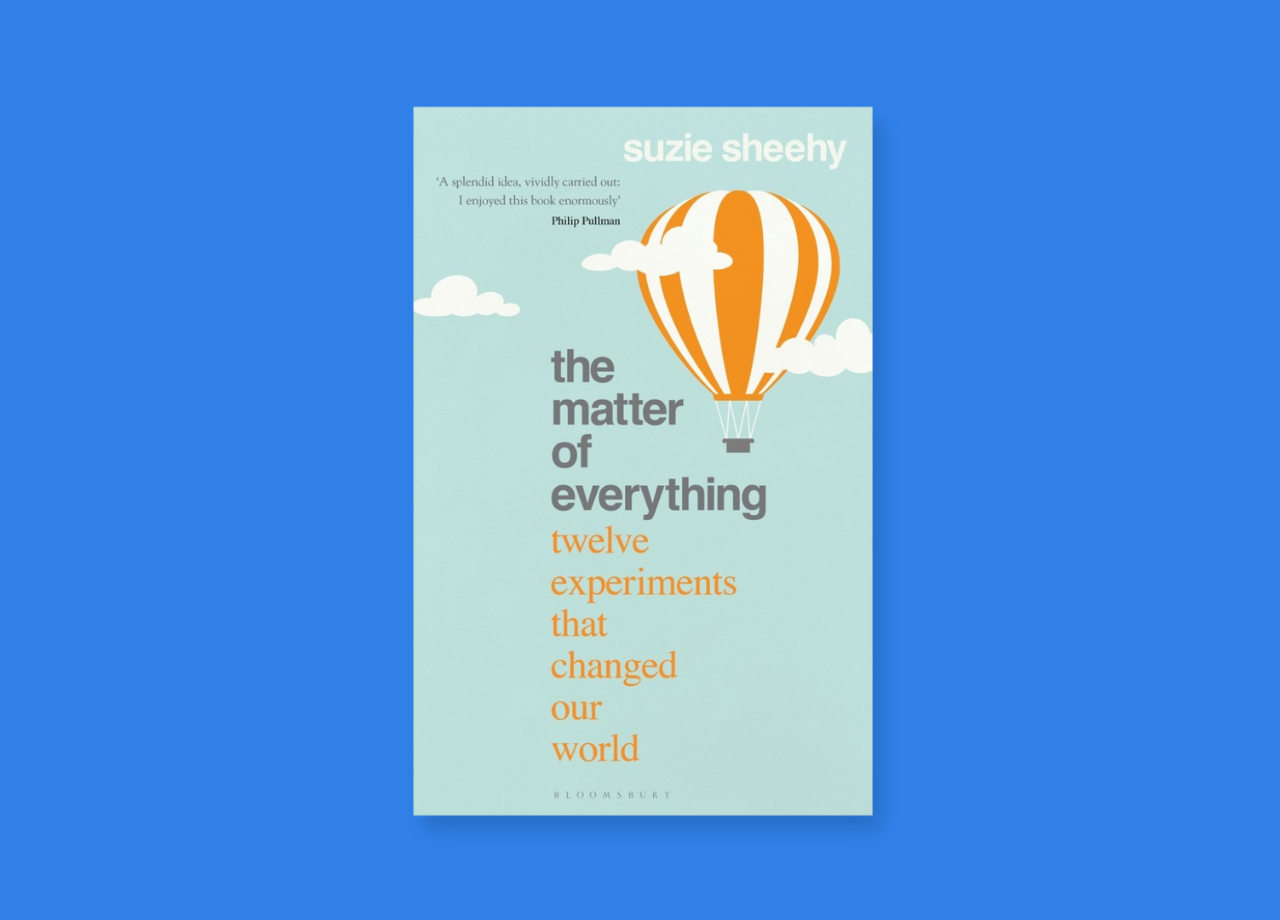
Book review by Charles Sherlock, August 2022
The Matter of Everything: Twelve Experiments that Changed our World
By Suzie Sheehy
London: Bloomsbury, 2022
ISBN: 9781526618955, 317 pages, 1st edition, paperback
AUD$22
I am a theologian—that is who I am. It is a calling at whose heart lies curiosity—about life, the universe, and everything.
Mildura-born Dr Suzie Sheehy is an Oxford and Melbourne-based particle physicist and science communicator—that is who she is, given the evidence of this wonder-full book. And at the heart of her calling lies curiosity—about what makes up the universe, “the matter of everything.”
Modern physics and classical theology may seem to have little in common. Yet I found reading this book not unlike working through a volume of Karl Barth or Elizabeth Johnston: beautifully organised, an unfolding development of ideas, close attention to detail, and the priority of the human over the technical—with no diminishment of the latter. Sheehy is pleasingly curious about her own discipline’s story.
As the subtitle indicates, Sheehy describes twelve key experiments in physics, from 1896 to 2021 (COVID gets attention!). The chapters are grouped in three parts. The first, “The dismantling of classical physics” outlines the discovery of X-rays, the structure of the atom, and the nature of light. It should be read by anyone who appeals to common sense. The second part, “Matter beyond atoms,” I found a bit tougher although I took physics at Sydney University (in the sixties). It charts the discovery of particles within the atom, uncovered by the cloud chamber, cyclotron, and synchrotron.
The third and longest part is “The Standard Model and beyond.” Five chapters trace the story from “strange” particles to neutrinos to the Standard Model that since 2000 has displaced the “classical physics” of Parts 1 and 2. What does it mean that matter is ultimately waves? That dozens of particles exist, some lacking mass? That there is so much “emptiness” in atoms and space? That gigantic machines of extreme delicacy are needed to detect the most minute, most fleeting particles? Such questions and more take one’s breath away!
In a 1963 physics class, I remember Professor Harry Messel coming in one day to enthuse (in his gravelly US accent) about a new theoretical idea: “quarks, boys and girls, quarks—remember that word!” Many of the experiments described in Part 3 involve quarks (proved to exist five years after that class); I now have some inkling of why finding the “Higgs boson” was so important, if little idea of what is involved! Time and again I was glad of the index to refresh my memory, and to read endnotes that spell out details of the people involved.
Sheehy gave a well-received TED lecture in 2018 in which the experiments described in this book were outlined. Many of the concepts would benefit from diagrams, while photographs of the equipment involved in the experiments would add significantly to the interest. The book would make the basis for a great television series, especially with the visual dimension this entails.
The thirteenth chapter is “Future Experiments.” This draws sharp focus on two themes found throughout the twelve experiments: the importance of curiosity as well as problem-oriented research, and the centrality of people. These are where I found this book inviting explicit engagement with theology.
Curiosity, experimentation for its own sake, does not easily get budget support in science. Yet Sheehy shows how each discovery has led to unimagined enormous benefits. Carbon dating has revolutionised archaeology, for example—Australia’s Aborigines, the Dead Sea Scrolls, and the Turin Shroud get a mention. In medicine, CT, MRI, and PET machines—the fruits of particle acceleration research—are now found in most hospitals. The special light that synchrotrons emanate has seen breakthroughs in botany and geology, by enabling crystalline structures to be analysed. The World Wide Web arose from the need for computer storage space beyond what was possible physically, as data multiplied. And now the search is on for “dark matter,” which may form 95% of the universe. Can we even imagine any practical outcomes from this?
For theology, to be “curious”—a favourite term of the Dutch theologian G. C. Berkouwer—does not mean neglecting or disrespecting the tradition but delighting in the privilege of being able to see how it unfolds in new situations. Yet, why is so much of what passes as theology uncritical, defensive, and energised by individual morality rather than reality as a whole? Being curious about the “story” of theology can spark significant contributions to understanding what faith means for living in this globalised world.
The final chapter opens with Sheehy telling something of her story and how it shapes her work. This exemplifies a theme throughout the book: the people involved in each experiment (including many Nobel Prize winners). Sheehy brings them to life. Over 220 scientists are named, including around 30 women whose work has not always been appreciated. In a telling anecdote, Sheehy notes that the term “computer” was coined to describe the women in the 1940s who solved differential equations; when machines took over this task, collecting data became “women’s work” (pages 293–4).
Names that have stuck with me include brothers Ernest (cyclotron inventor) and John (medico) Lawrence: their working together in the 1930s led to radiation treatment for cancer. Robert Rathgun Wilson (a jack-of-all-trades “hero” of Sheehy) blends aesthetics with physics in laboratory design, raises big funds for “big science,” brings people together—and does good research! Physics involves people, Sheehy insists.
Humankind is made “in the image of God” according to the Scriptures—an exalted standing of terrifying possibilities when corrupted, of glorious hope when honoured. Theology seeks to view reality “from the viewpoint of eternity,” while centred around what it confesses as the turning-point of time, the Lord Jesus Christ. Like physics, and all the sciences, theology thereby involves people. When doctrine is expressed in terms of precise formulae that dehumanise, theology denies its calling.
In the final chapter, Sheehy lists “three key ingredients we need in order to face the challenges of the future: the ability to ask good questions; a culture of curiosity; and the freedom to persist” (page 271). Not a bad message for theologians, one that reminded me of Jesus’ approach to the disciples.
Sheehy describes herself as a “communicator of science,” and by the evidence of this book, she is an excellent example. It will no doubt be read by many who are interested in science. I have no hesitation in encouraging ISCAST and non-ISCAST folk to join them in doing so.
